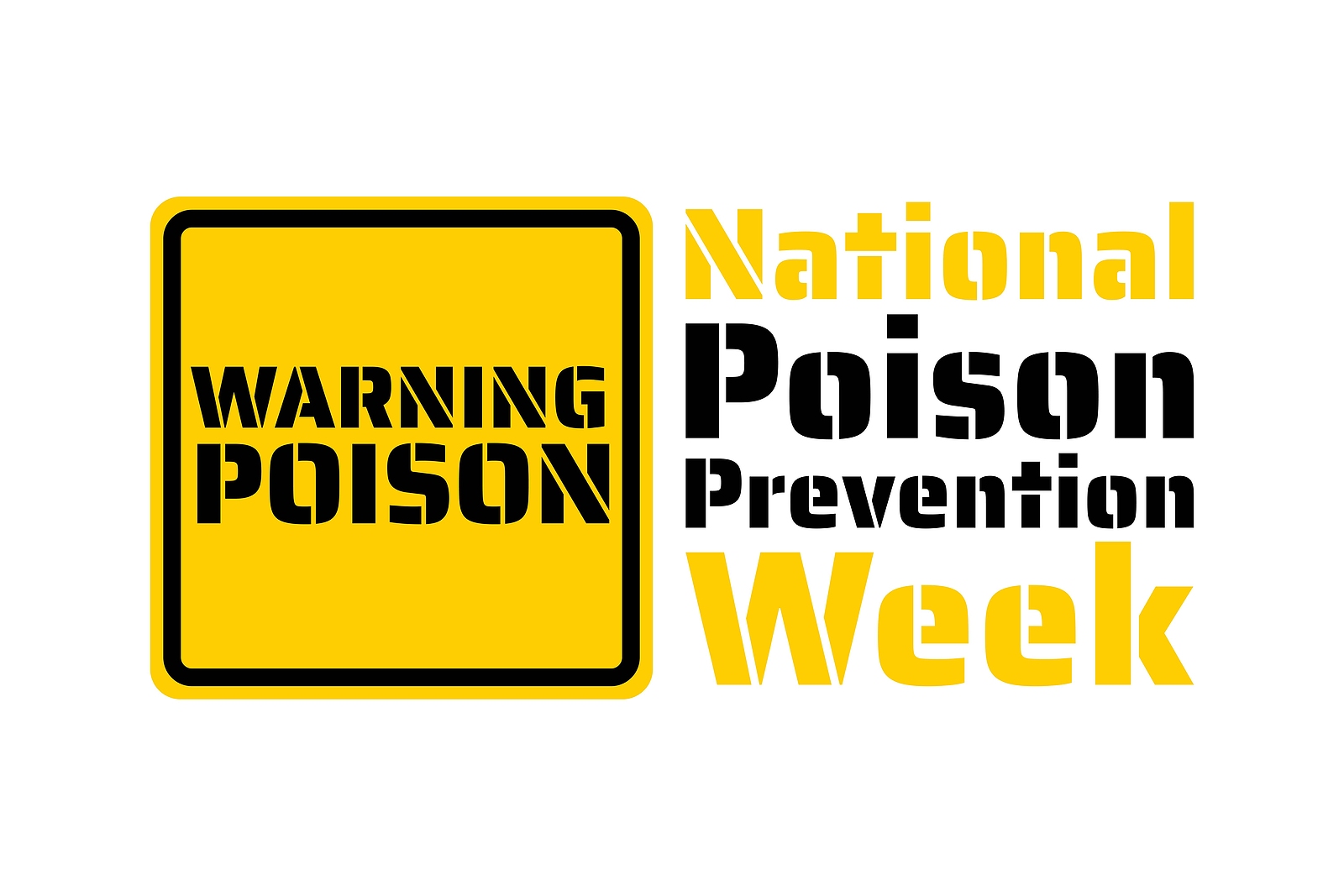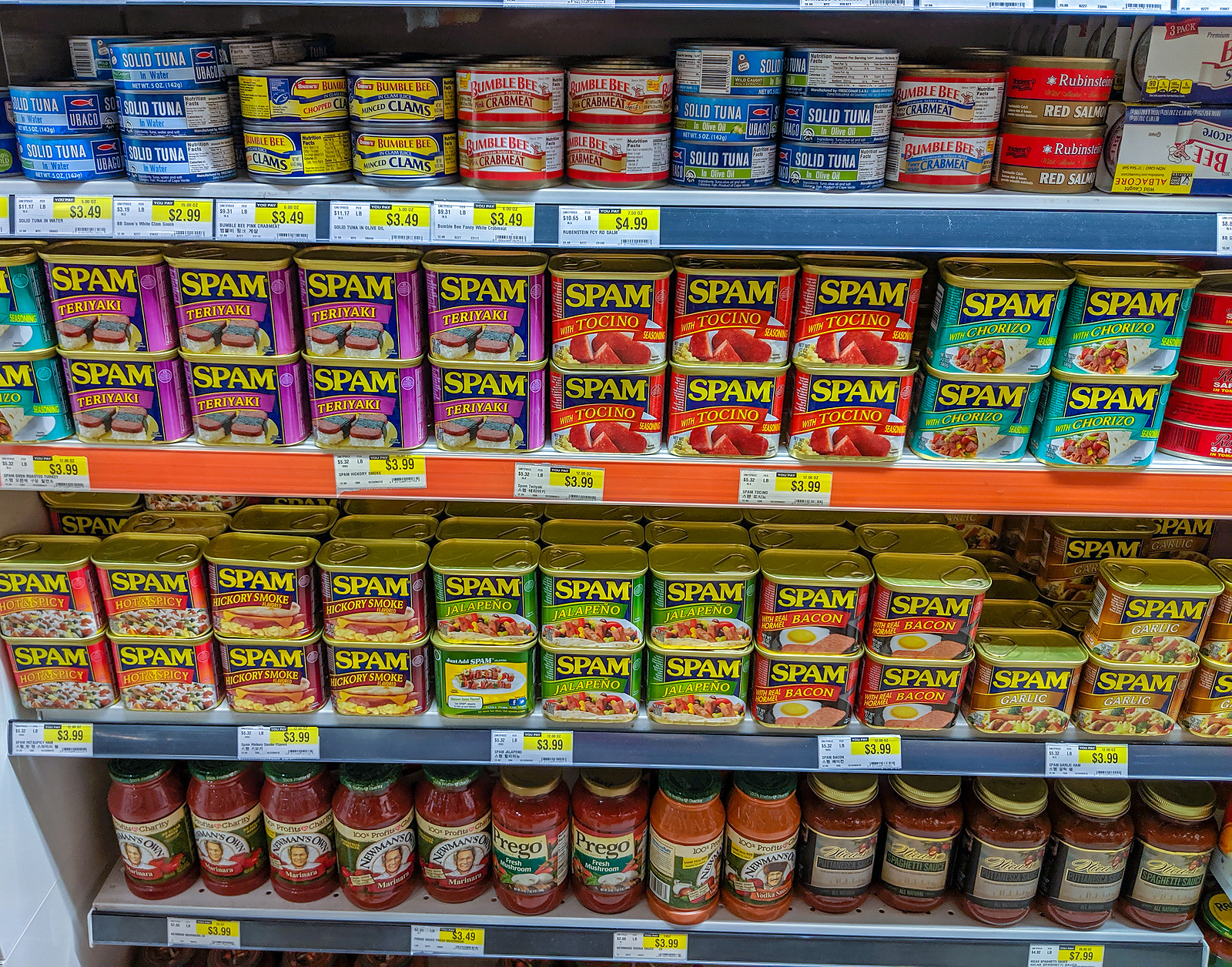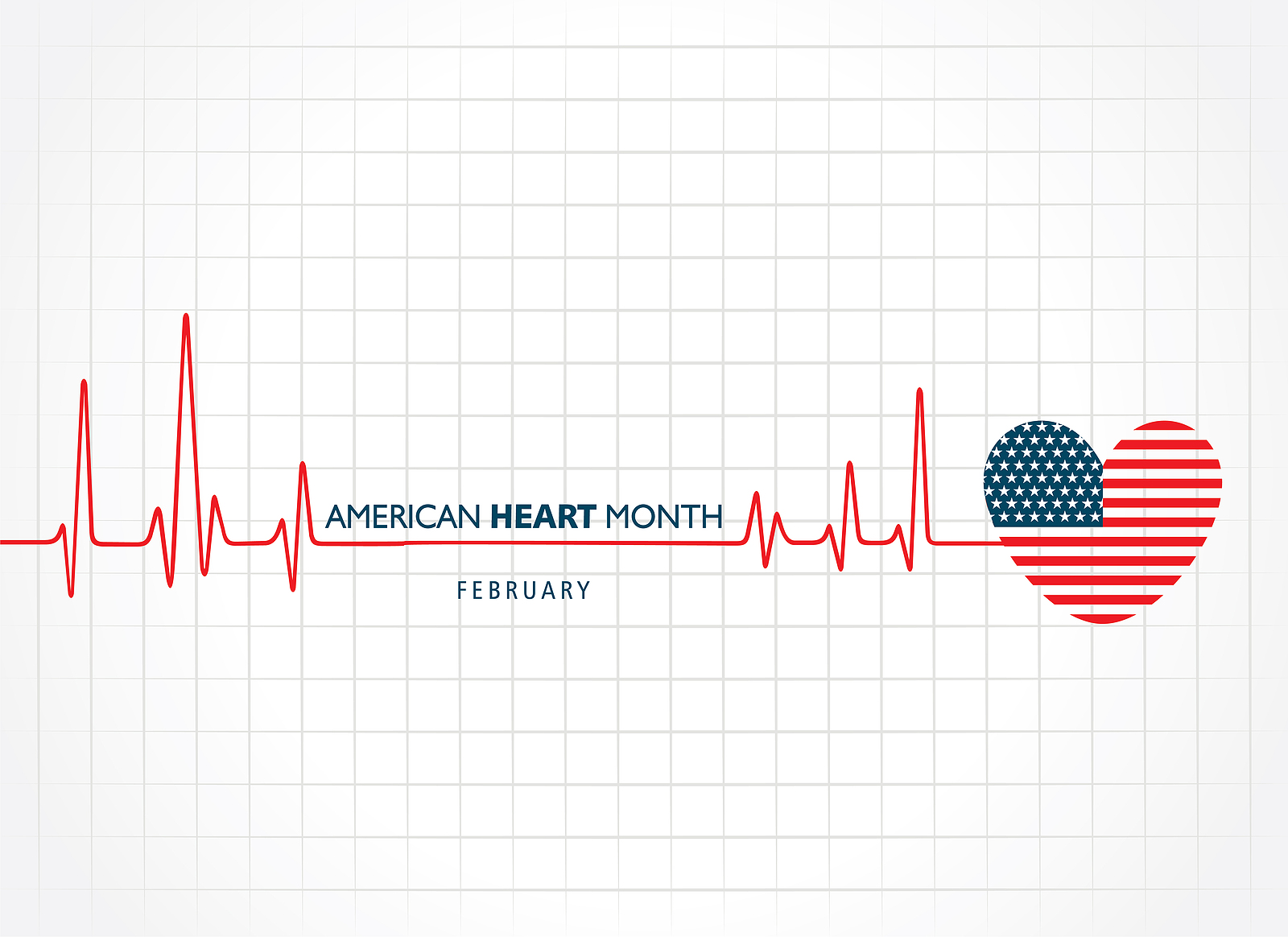FAQs for PMG
PMG provides labor solutions to American manufacturers. That’s what we do in a nutshell and we take the “solution” part of that equation seriously. As a result, all of us here end up asking a lot of questions to make sure we find the right way to solve the real problem. During that process, people outside of PMG ask a fair amount of questions too. This blog provides answers to the questions people ask PMG employees the most.
What is the difference between a 1099 and a W4 employee?
That’s a fantastic question! We often emphasize that our technicians are W4 employees and not 1099 contractors, but what does that actually mean?
The two terms refer to different IRS tax forms that are required to be completed for different “types” of workers that a company might pay over the course of a year. Essentially, 1099 forms are completed for independent contractors and W4 forms are completed for direct-hire, “full-time” employees. You can learn more about which type of employee is better for your company, from a tax standpoint, in this Fundera article. But why would someone pursue one form of employment over the other as a technician?
The Pros of W4 Employment
- Consistency – You only need to show up for your assigned shift and perform the duties of your task. You don’t have to prospect new clients, sign new contracts, or source more materials to make sure you have a full work shift available to you the next day.
- Taxes – Employers pay half of Medicare and Social Security costs for an employee as well as covering liability for workers’ comp. This means direct-hire employees save substantially on out-of-pocket tax expenditures when compared to contractors.
- Benefits – Employer sponsored (and often funded) benefits such as insurance and retirement can also represent substantial savings, or increased overall compensation, for full-time employees when compared to freelancers.
The Pros of 1099 Employment
- Flexibility – 1099 contractors get to work for themselves and thus determine when, where, and how much they work each day. They also get to determine the focus and growth of their business.
- Balance – That increased flexibility of work and schedule allows contractors to have more control over their work/life balance. Contractors don’t have to worry about getting time off or late arrival requests approved when they’re the ones who approve them.
- Independence – Contractors have no career limits. They don’t have to wait for their manager to approve new training or their supervisor to promote them into a position with more responsibility. The 1099 contractor is completely in control of how far, and how fast, their career/business grows.
Additional Resources
If you’d like to learn more about the W-4 form, check out this post on the Who, What, Why Where, and How of the New W-4. If this answered your questions, you can always get other answers from us too. Just send your questions to our Writing Team and keep an eye out for future FAQ’s!
Josh Erickson, ReTool Public Relations & Engagement Specialist













